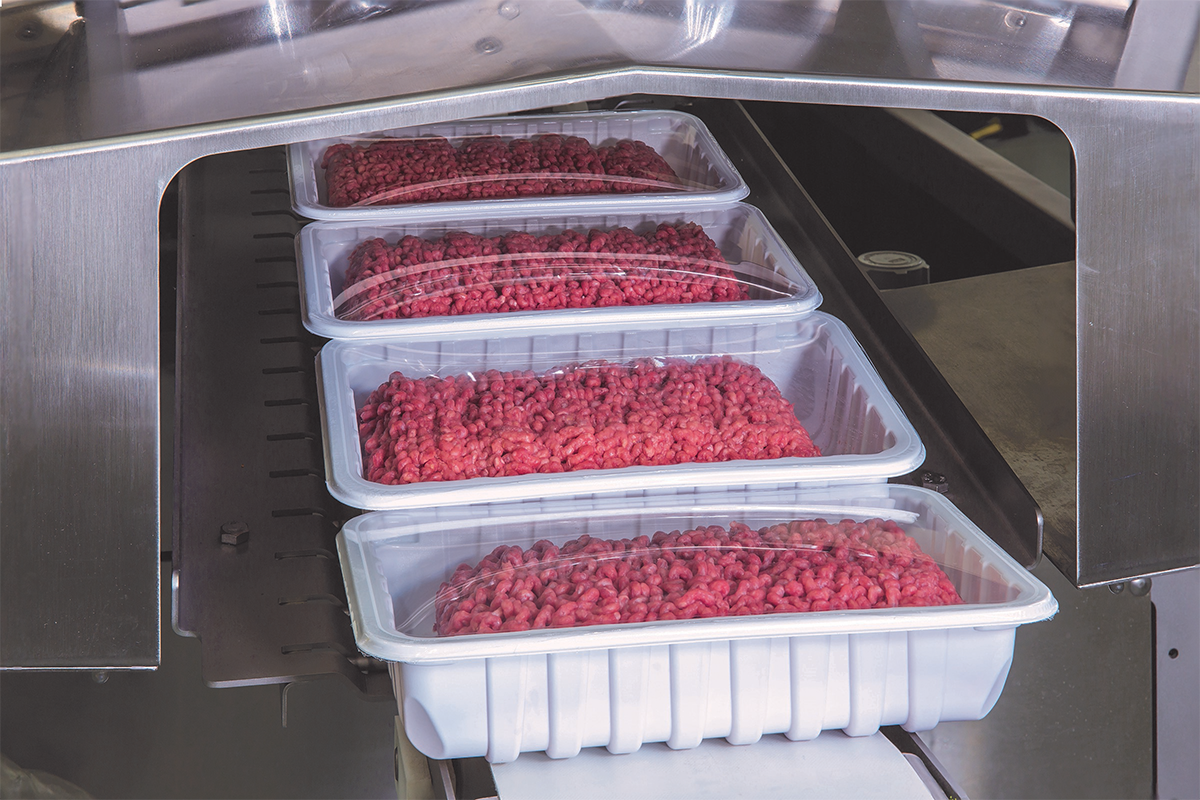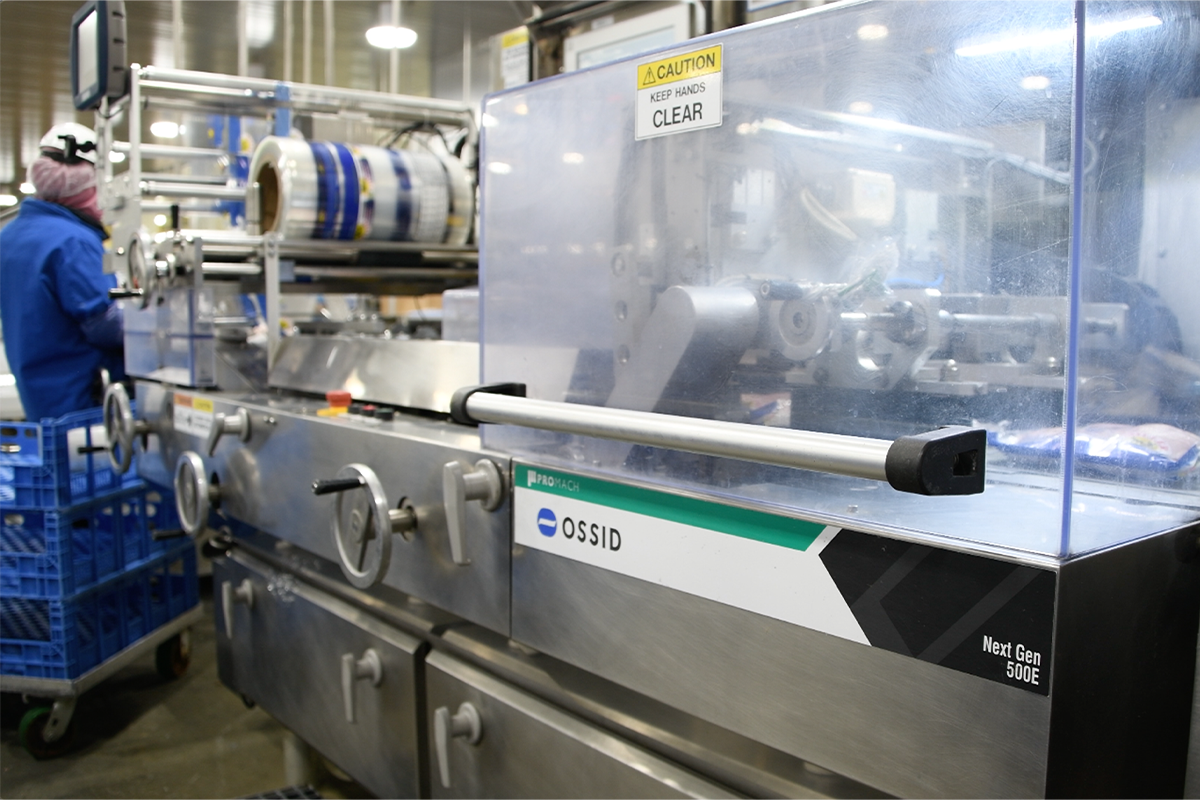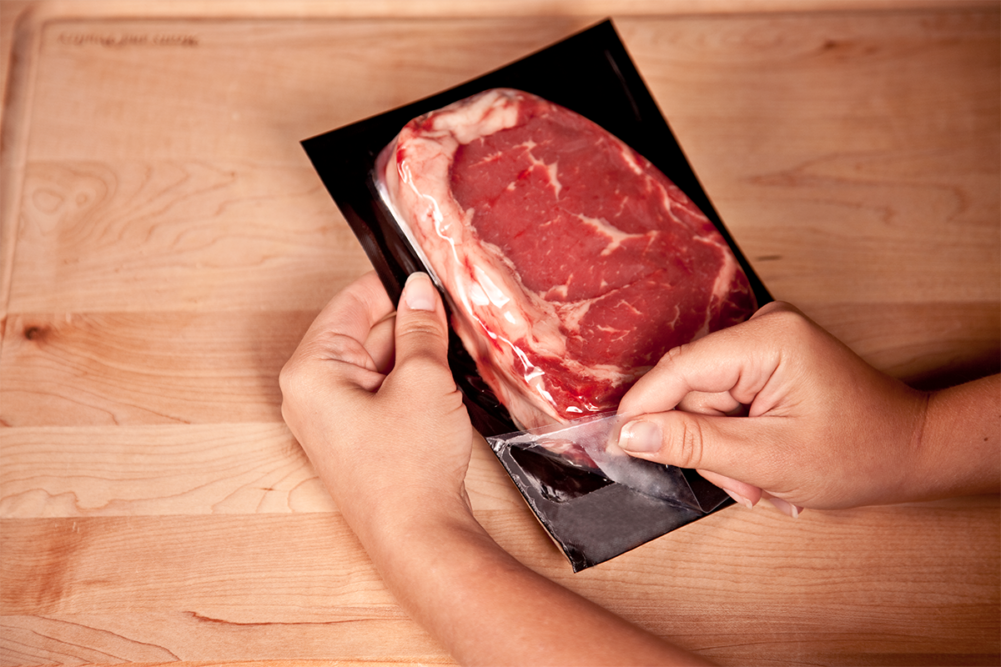Vacuum and skin packaging in the fresh meat case continues to grow and customers continue preferring to purchase meats packaged in those styles. FMI and Foundation for Meat & Poultry Education & Research’s “The Power of Meat 2023,” showed growth versus foam tray overwrap with an increase in use from 17% in 2016 to 21% in 2022.
“Vacuum packaging has overtaken foam/overwrap in most proteins,” the report said.
Trending today
With consumers gravitating to the newer styles and packaging technologies for red meats, processors need to know which attributes buyers want. Chicago-based market intelligence company, Mintel Group Ltd.’s “Packaged Red Meat, US 2023” report lists quality as the most important criteria when consumers purchase meat.
“Seventy-two percent of consumers agree that it’s worth spending a little more on the highest quality red meat, suggesting that transparency both in visually demonstrating product quality and highlighting best production assets is worth the investment,” the report said.
Pre-packaged provides an aesthetically attractive product which in turn attracts customers with a better overall experience. Also, vacuum and skin packaging ensure optimal freshness, food safety and increase freezer storage time without freezer burn damage. The technology travels better without leakage, is easy to open and has the potential for graphics and scan codes to link products to a consumer experience story.
“We believe we’ll continue to see an expansion of high-barrier case-ready packaging as it provides more versatility to the market,” said Melanie Bandari, senior marketing manager for meat, poultry and seafood at Amcor Flexibles North America, Deerfield, Ill. “Packaging for quality will remain at the forefront of innovation going forward. The pre-packaged formats lend an all-around better consumer experience with aesthetically attractive bright red meat.”
Andrew Birdwell, sales director for the East Coast at Battleboro, NC-based Ossid, said sustainability and real-time data reporting seem to be at the top of the list in his conversations with industry professionals. Processors want to reduce their carbon footprint.
“This initiative has really driven innovation and collaboration between OEMs and material suppliers to be able to offer these eco-friendly solutions,” Birdwell said.
He added, “Real-time data reporting has become a must in the industry; giving businesses a transparent view into overall efficiencies and capabilities to identify areas for improvement.”
Many “trends” in packaging appear to come from new offerings by the processors who want their new product, and its attributes, to reflect through new and innovative packaging styles.
“In many cases it is primarily a new package for the supplier used to provide a new meat item in a different style of package,” said Mike McCann, packaging specialist for Reiser, Canton, Mass. “Other cases dictate a new item as well as a new package.”
 Beef, pork and turkey react well to high barrier case-ready packaging that extends shelf life and provides a hermetic seal. (Source: Reiser)
Beef, pork and turkey react well to high barrier case-ready packaging that extends shelf life and provides a hermetic seal. (Source: Reiser)Material world
Materials, thicknesses, and dimensions used in case ready packaging vary widely depending on applications and come with differing advantages and disadvantages. The materials and their characteristics food packagers choose can impact equipment performance, shelf life, package quality, integrity, etc. Original equipment manufacturers, processors and material suppliers will achieve the best results through robust partnerships and communication when developing systems.
“In today’s world, there are so many different package formats available; each with their own benefits and challenges,” Birdwell said. “At Ossid/Reepack, we have spent the last 40 years in the case ready area and go through a very rigorous validation process with our partners/customers to ensure the correct materials are being selected for their specific applications.”
While beef, pork and turkey react well to high barrier case-ready packaging that extends shelf life and provides a hermetic seal, chicken has different needs in the case.
“Chicken is more likely to be in non-barrier packaging,” Bandari said. “While adding a barrier would help shelf life, it often results in a sulfuric odor buildup that can be off-putting to consumers even though the product is acceptable for consumption.”
Many modern packaging machines can produce vacuum or modified atmosphere packages in a wide range of formats with basic tooling divider changes.
“They can also be equipped to make individual rigid MAP or VSP packs, affording strong packaging material savings,” McCann said. “Material options and choices all are available and can be readily sampled at our Reiser Customer Center. The care and concern with the packaging requirements of various species is well handled by our Meathead group (Reiser’s group of individuals that visits plants constantly for consultations, new item development and creative suggestions).”
At Amcor, the list of customer requests for case-ready packaging reads: longer shelf life, more sustainable packaging, excellent appearance on the shelf, production efficiency and unique graphics that stand out and tell a story, according to the company. At Reiser meal kits and meal plans have grown due to COVID along with a reintroduction of sous vide style packs.
“The most common request from our customer base is to provide the most cost-effective, high-volume capabilities coupled with eco-friendly materials,” added Birdwell.
 Sustainability and real-time data reporting are priorities for processors wanting to reduce their carbon footprint. (Source: Ossid)
Sustainability and real-time data reporting are priorities for processors wanting to reduce their carbon footprint. (Source: Ossid)Coming soon
FeedingAmerica.org reported almost 40% of all food in America is wasted. That is roughly 119 billion lbs and approximately 130 billion meals wasted in the United States. Shelf life and creating more sustainability in the packaging arena, and food industry overall, will forever remain a top priority.
“Responsible, more sustainable packaging is critical to meet society’s need for packaging while reducing our impact on the earth and keeping waste out of the environment, and in doing so, preserving our planet for the future,” Bandari said.
In the immediate future, there are things that processors and those that supply them with packaging machines and materials for the case should keep an eye on. The most important things for processors and suppliers both will be communication and service. Along with that goes solid partnerships, and for many processors, a one-stop shop for their needs could provide smoother and more efficient maintenance and upgrades.
“The future of case-ready is partnership for full line integration, which include materials,” Birdwell said. “End-users are looking for an organization that can provide a true, turnkey solution with a single point of contact.”
Innovations in both service and products always depends on the past existing standards, but teamwork and participation between all parties involved will play an integral role in strengthening the necessary relationships.
“It’s not just a new widget or machine idea, it has to be a collaboration with a knowledgeable and caring organization with the success and safety of your new offering at the forefront,” McCann said.
Other points to look out for in the future for case-ready packaging include oven-ready and freezer-ready solutions, Bandari said. While oven-ready provides consumers appreciable prep and clean up time savings, freezer ready allows for longer storage life and value.
With more and more meat products available, differentiation in packaging will become more important to grab shoppers’ attention from the case. Sensory printing technologies, that give a unique look and feel such as tactile print can deliver a feeling of hand-wrapped products or kraft paper.
“The industry is differentiating through new formats, shapes, sizes and appearances of packaging,” Bandari added.



